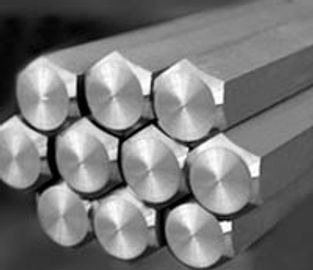
P. SOOD & CO.
(EST. 1953)
Stockiest of Tool & Alloy Steel to BIS, SAE, AISI, DIN, and JIS standards.
Hot-rolled steel Bars in Mild, Carbon, Alloy, and Stainless steel grades, in Rounds, Squares, Flats, Hexagons, Coils, and sheet Metal.
Hot Rolled Steel Wire Rod Coils in Mild, Carbon, Alloy & Stainless-Steel grades.
Service Provider for Pickling, Phosphate & Soft / Spheroidize Annealing of Steel Wire Rod Coils in Hot Rolled and Cold Drawn Condition.
QUENCH & TEMPER CARBON & ALLOY STEEL BARS.
BAR TO BAR COLD DRAWN STEEL: WIRE ROD COIL TO –Cold Drawn Steel Bar: – Coil to Coil Cold Drawing facilities.
Turned & Polished Steel Bar / Peeled and Ground Steel Bars.
Mercantile Agent: for Structural Steel, Plates, Sheet Metal and Coils of leading steel mills like SAIL, Tata Steel, AM/NS, JSW, JSPL, and JSL to name a few.
GST REG - 33AARFP6030A1ZL
Office & Works:
Plot No 50, (Door No.76), SIDCO Industrial Estate, Ambattur, North Phase, EB Road, 3rd Street Chennai, Tamil Nadu, 600098
Warehouse:
PLOT NO. B-55, CMDA IRON AND STEEL MARKET COMPLEX,
SATHANGADU, CHENNAI, Tamil Nadu, 600068
Contact:
Name: GAURAV SOOD – (PARTNER)
Mobile: +91 7358771760
Email: gaurav@psood.co.in
Website: www.psood.co.in
P. Sood & Co. - "Steel Processing Unit Induction Quench & Tempered" Est. 19
STEEL - BRIGHT BARS
BRIGHT STEEL BARS (COLD DRAWN)

BRIGHT STEEL BARS
SQUARES

COLD DRAWN STEEL
ROUNDS

BRIGHT STEEL PROFILES
HEXAGONS

HEAT TREATED STEEL BARS
INDUCTION, QUENCH & TEMPERED STEEL BARS

HEAT TREATED STEEL BARS
INDUCTION, QUENCH & TEMPERED STEEL BARS

HEAT TREATED STEEL BARS
HQT (IQT) BAR STEEL BARS PEELED AND GROUND CONDITION.
STEEL - WIRE ROD COILS & WIRES
SHOT BLASTING, PICKLING, PHOSPHATE, DRAWING, ANNEALING OF WIRE ROD COILS & WIRES

PICKLING & PHOSPAHTE BATHS
SURFACE TREATMENT OF WIRE ROD & WIRES

COLD DRAWN WIRES
CHQ WIRES

PHOSPHATE & COLD DRAWN WIRES
ANNEALED AND DRWAN WIRE WITH PHOSPATE COATING.

SPRING STEEL WIRES
SPRING STEEL WIRES

COLD DRAWN AND PHOSPHATE WIRES
COATED AND DRAWN WIRES

BRIGHT ANNEALED WIRES
ANNEALED AND COLD DRAWN WIRES
This website uses cookies.
We use cookies to analyze website traffic and optimize your website experience. By accepting our use of cookies, your data will be aggregated with all other user data.
